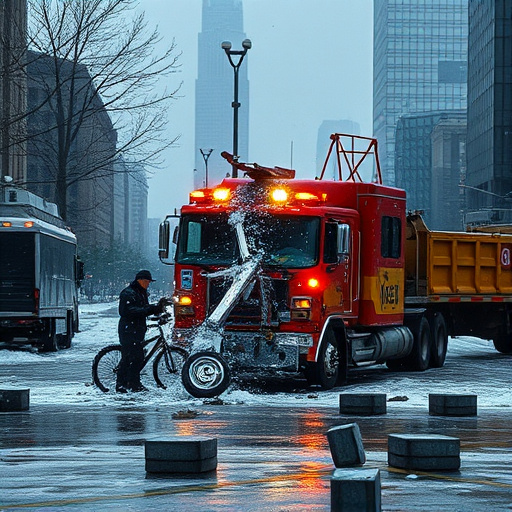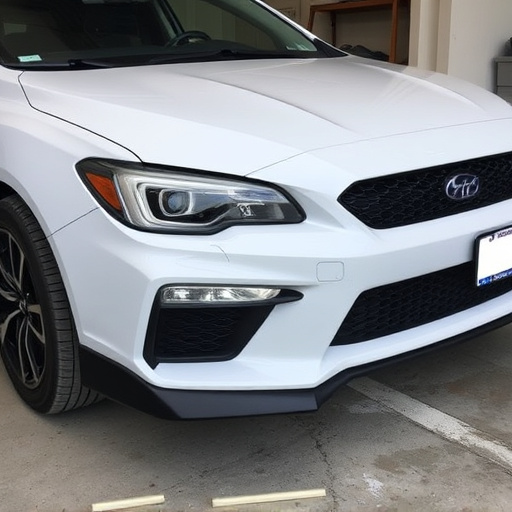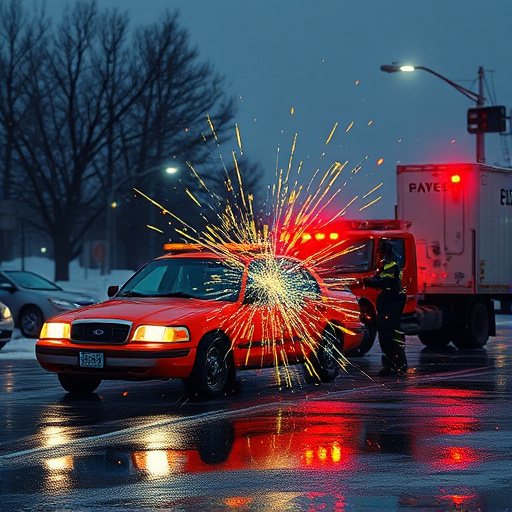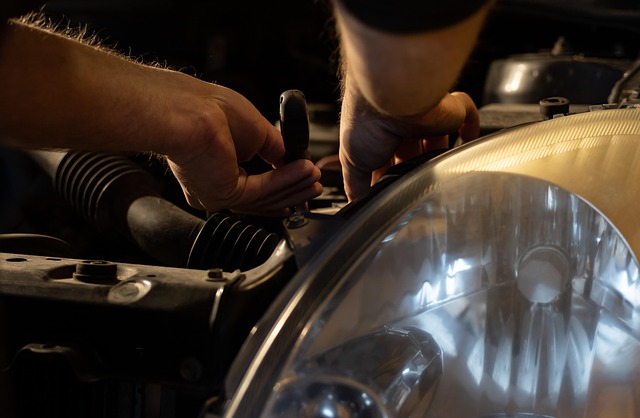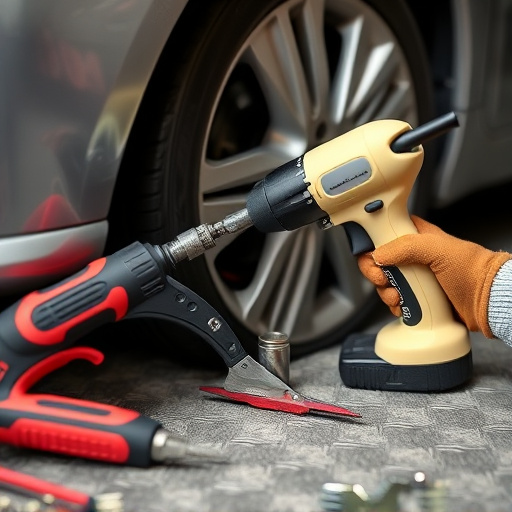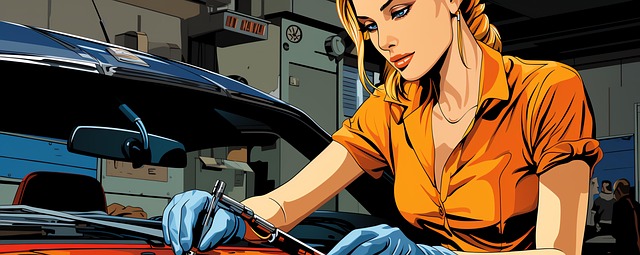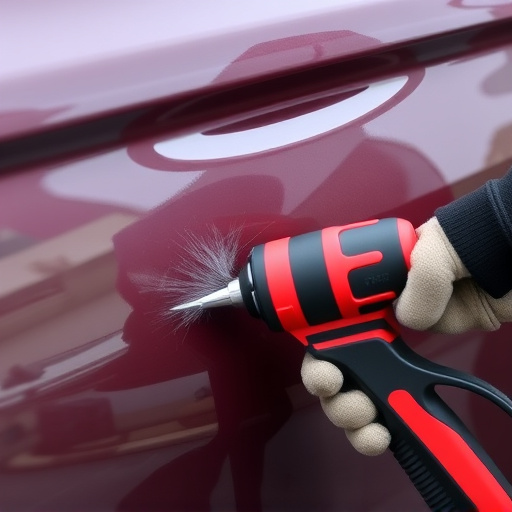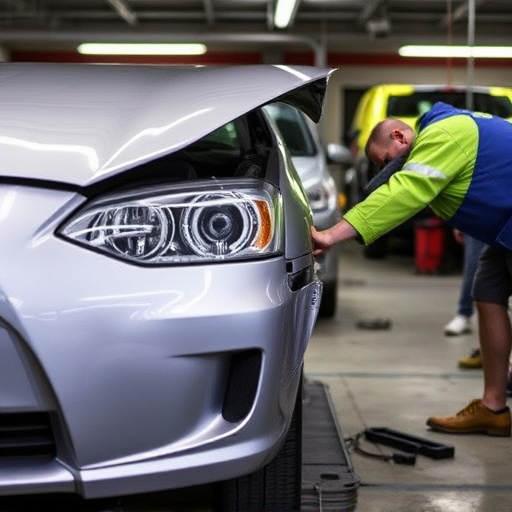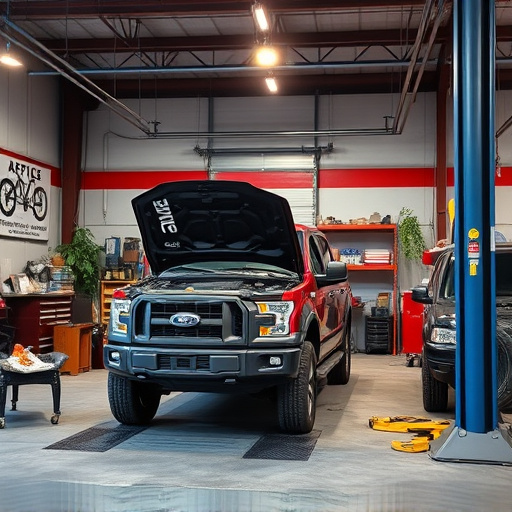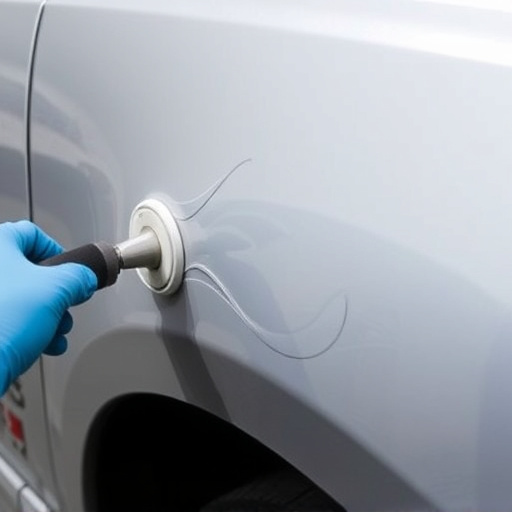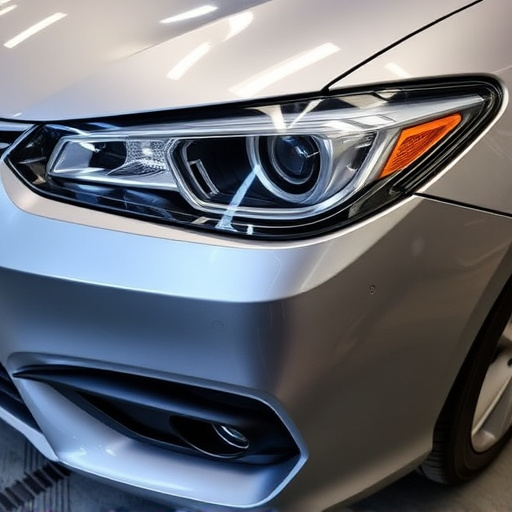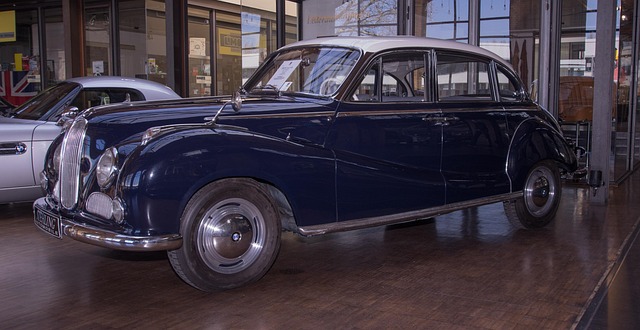Careful inspection using advanced tools is vital for identifying and assessing damage to frame rails, guiding repair methods and influencing subsequent auto parts replacements like glass or bumpers. Sourcing compatible parts, whether OEM, aftermarket, or custom-made, requires strict safety standard adherence, especially for classic cars. Frame rail replacement demands precision, understanding vehicle dynamics, and meticulous alignment to avoid handling issues, tire wear problems, and safety risks. Skilled technicians use specialized tools and techniques for safe installation and structural integrity.
Frame rail replacement is a critical maintenance task for many vehicles, offering improved stability and safety. However, it presents several challenges. This article delves into the common difficulties encountered during frame rail replacement work, focusing on three key areas: identifying and assessing damage to frame rails, sourcing and selecting the right replacement parts, and navigating complex alignment and installation procedures. Understanding these challenges is essential for ensuring successful repairs.
- Identifying and Assessing Damage to Frame Rails
- Sourcing and Selecting Replacement Parts
- Complexities of Alignment and Installation Procedures
Identifying and Assessing Damage to Frame Rails
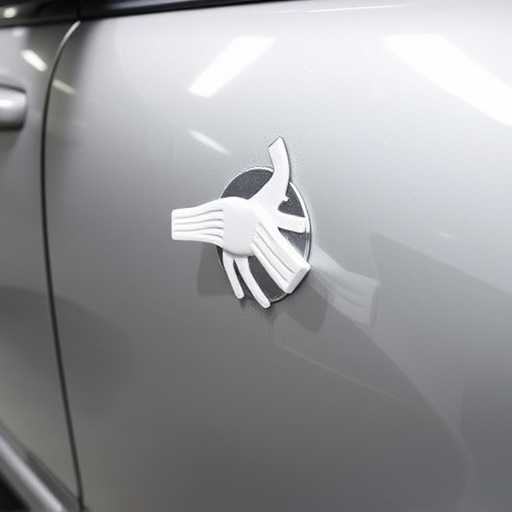
Identifying and assessing damage to frame rails is a critical step in any frame rail replacement work. This process involves meticulous inspection to uncover signs of corrosion, cracks, or deformities that could compromise structural integrity. Skilled technicians employ various tools, including metal detectors and precision measuring devices, to accurately map the extent of the damage. Visual examination alone may not suffice; further non-destructive testing methods like ultrasonic waves or X-rays might be employed to gain a complete picture of the rail’s condition, ensuring that every potential issue is addressed during the replacement process.
Proper assessment ensures that the right tools and techniques are utilized for the frame rail replacement, whether it involves straightening bent rails or completely substituting damaged sections. This meticulous approach sets the stage for a successful repair, enhancing vehicle safety and structural stability. Moreover, understanding the damage helps in determining whether related components like auto glass replacement or bumper repair might also be needed, considering that a car’s frame acts as the backbone supporting various parts, including wheels, suspension systems, and exterior panels, such as those required for car dent removal.
Sourcing and Selecting Replacement Parts
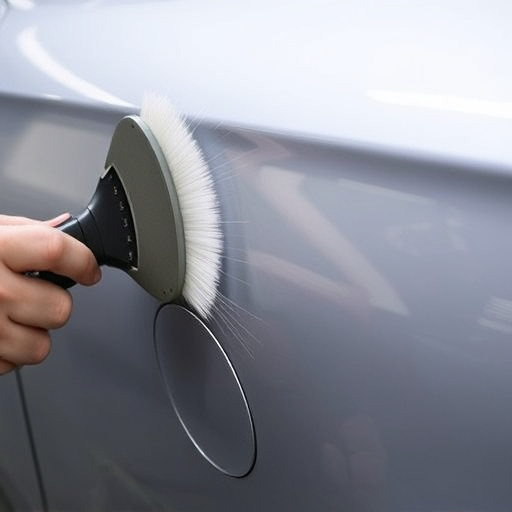
When undertaking a frame rail replacement, one of the primary challenges lies in sourcing and selecting the right parts. This process demands meticulous care to ensure the new frame rails are not only compatible with the vehicle’s make and model but also meet the required standards for safety and structural integrity. Automotive body shops often face a dilemma when it comes to finding replacement parts, especially for classic or rare vehicles. In such cases, Mercedes Benz collision repair specialists might need to turn to specialized suppliers or even custom fabricators to acquire the necessary frame rails.
The availability of genuine OEM (Original Equipment Manufacturer) parts is a significant advantage in vehicle restoration projects. These parts are designed and manufactured by the same company that produced the original components, ensuring they meet the exact specifications required for a seamless fit and superior performance. However, in certain situations, especially with older vehicles, aftermarket or used parts may be the only viable option. Automotive body shops must carefully evaluate the condition and quality of such parts to guarantee their suitability for frame rail replacement work without compromising the overall integrity of the vehicle’s structure.
Complexities of Alignment and Installation Procedures
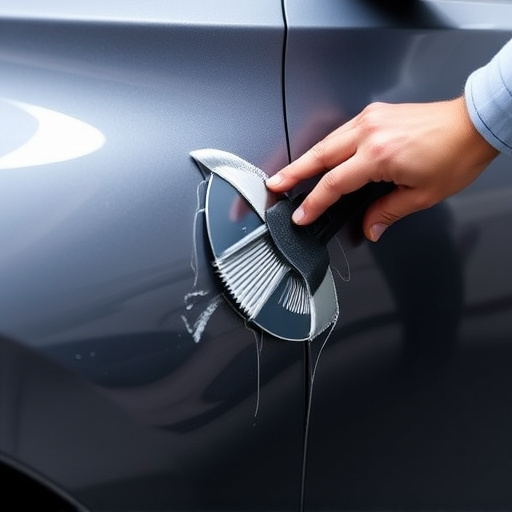
The frame rail replacement process is a delicate one, laden with complexities that demand meticulous precision and skill. Unlike routine automotive repairs like vehicle paint repair or basic car damage repair, aligning and installing new frame rails requires an in-depth understanding of vehicle dynamics and structural integrity. Mechanics must consider factors such as wheel alignment, suspension systems, and the interplay of various components to ensure the new rails are perfectly positioned.
Any misalignment can lead to uneven tire wear, handling issues, and even safety hazards. The installation procedure itself involves specialized tools and techniques, requiring professionals to carefully manage torque settings, bolt placement, and clearances to avoid damaging adjacent parts. This intricate dance of precision and care is a significant challenge in frame rail replacement work, demanding the expertise and experience of skilled technicians.
Frame rail replacement, while essential for vehicle safety and performance, presents several challenges. From accurately identifying and assessing damage to finding suitable replacement parts and navigating complex alignment procedures, each step requires careful consideration. Understanding these common obstacles is crucial for a successful frame rail replacement process, ensuring the structural integrity and longevity of vehicles. By addressing these issues proactively, professionals can enhance their workshop’s reputation and deliver top-quality services in the competitive automotive industry.
